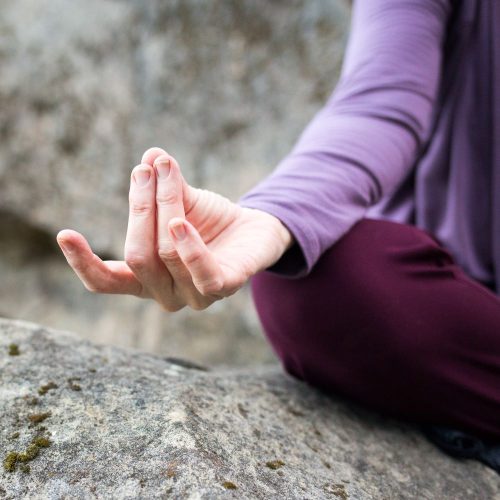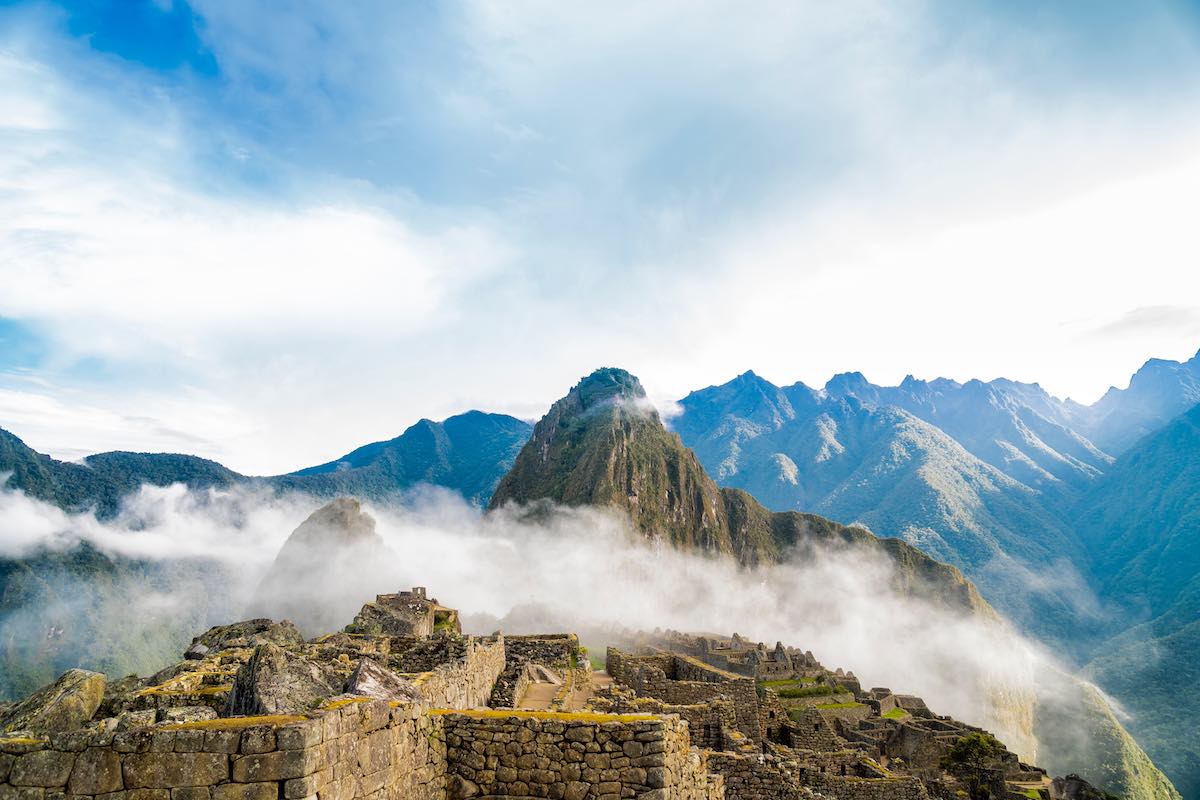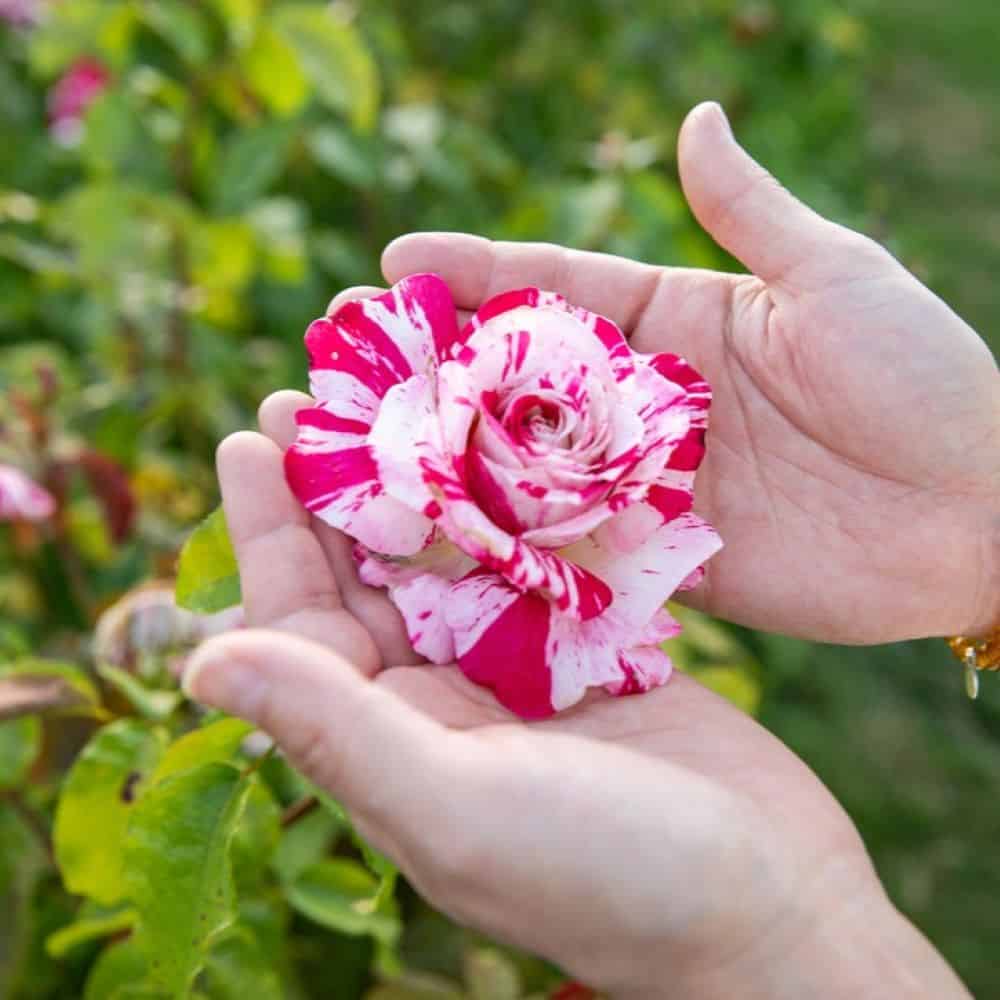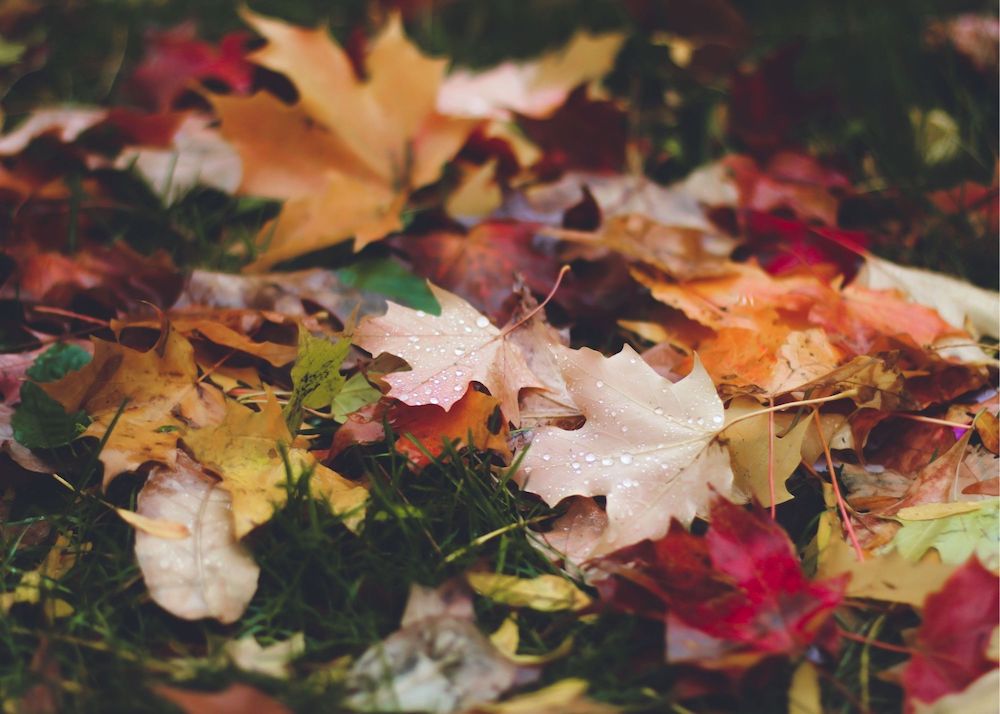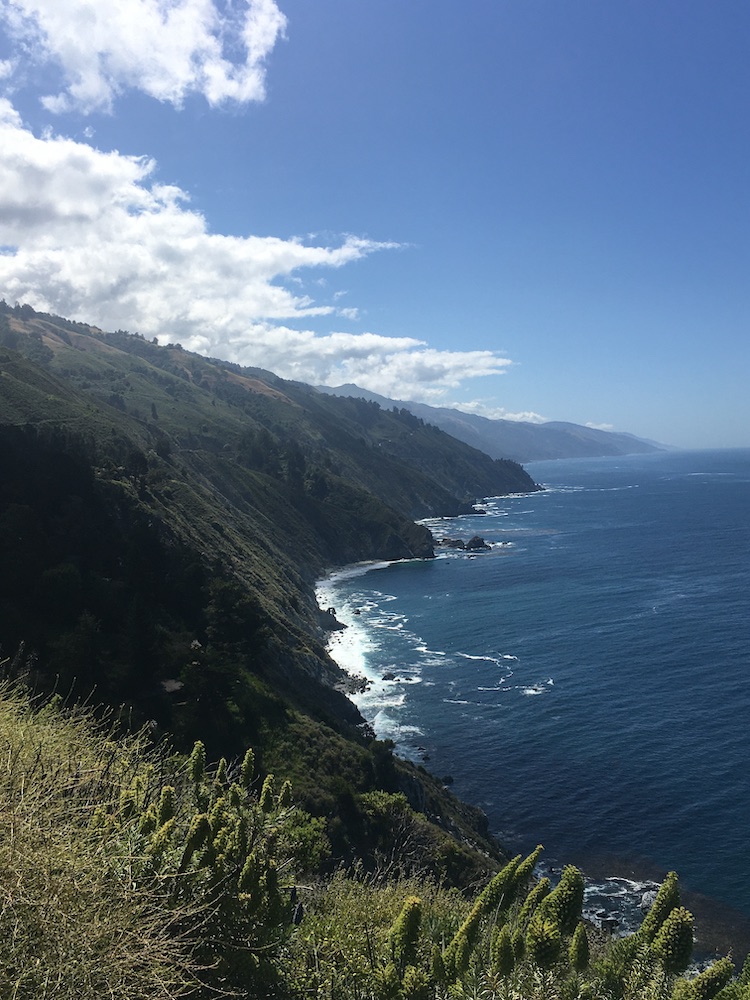Are you neglecting this crucial component of your anatomy?
Yoga practice can ask a lot of the hands and wrists. Strength and flexibility are important for impressive poses like arm balances, but even something as simple as moving through the cat-cow poses into the table-top pose can be challenging if your hands and wrists aren’t ready. If you have practiced aerial yoga, you know that grip strength is helpful. One of the benefits of aerial yoga is the gradual improvement of hand strength that comes with practice. So, we use our hands all the time, but what are we doing to strengthen them?
It’s been observed that hand function decreases with age. On the other hand, it’s also been observed that professional musicians can maintain their technical skills as they get older. This would suggest that maintaining strength and dexterity is related to usage. So even if you’re not getting any grief from your hands or wrists in your yoga practice, investing some time in keeping them strong and agile still makes sense.
Maybe you want to improve your grip before you take flight in the hammocks…
Maybe you’re “this” close to the crow pose but somehow you just can’t make it stick…
Maybe you want to stave off the decline in hand functionality that comes with aging…
Maybe you just want to loosen your shoulders…(Hint: they’re connected to your fingers!)
Here are some ways you can address these, and related, issues with simple exercises you can do at home or in the studio:
- Flicking: Hold your wrists steady and flick your fingers out as if you’re trying to shake water off them. Your hands and wrists will probably end up moving, but let the motivation be the movement of your fingers. See how fast you can go. (On a side note, see if you notice any difference between your right and left hands as you do this. It is interesting how even this simple movement can be a struggle for the non-dominant hand.) This exercise is a really good way to build up heat in the fingers, as well as flexibility, and is great for working towards fingers that will provide a good base of support when you need them. A related exercise is to find a rubber band that will fit around all your fingers when you touch them together and then use it like a resistance band as you move your fingers away from each other. Strength training!
- Kneading: Use the tips of your fingers to knead a soft surface, the way cats sometimes do. You can do this by pressing into a sticky mat, a blanket, or a bolster. In addition to your fingers, this activates the muscles across the palm. A variation of this you can do in your kitchen is to fill a large bowl with rice, lentils, or beans (you get the idea) and then immerse your hands in whatever is in the bowl. You can do the kneading motion or just play with moving your hands around and seeing how they feel.
- Circling: Bring your palms to rest on a surface and then move your forearms around in a circle. Most people would do this in the table-top pose, with their hands on the floor, but if that’s too much for your wrists, you can put your hands on the wall instead. (This reduces the pressure on your wrists since they are no longer helping to support your body weight.) Begin with your fingertips facing forward, but you can progress this by rotating your hands so that your fingers face out to the side, or even back toward you. To find a more static but similar stretch, begin in the table-top pose. Then, rotate your hands so that your fingers face towards your legs. Then stay there, or move your hips back toward your feet until you feel the stretch you’re looking for. Once you find it, pause and breathe.
- Reversing: Once again, begin in the table-top pose or with your hands on a wall at about shoulder height. Flip one hand over so that the palm of your hand is facing toward you. If you’re in the table-top pose, your fingers will be facing toward your legs. You may want your elbow slightly bent. You can pause and breathe here, or maybe do some cat-cow poses. When you’re done, shake your wrist out and then try the other side.
I hope these exercises are helpful. Maybe you can even use them as inspiration to find movements and stretches of your own!


